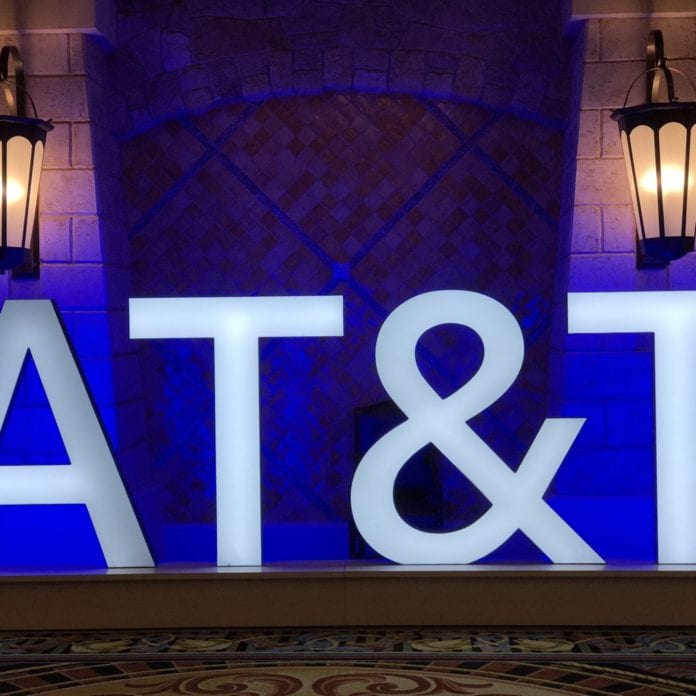Dynamic Spectrum Sharing key to scaling 5G network coverage
AT&T has previously discussed its plans to use Dynamic Spectrum Sharing to add 5G network coverage by using software to dynamically share the same spectrum between 4G and 5G transmissions, side-stepping the massive exercise of re-farming spectrum. And today, according to a blog from AT&T’s Igal Elbaz, DSS “is live in portions of our network.”
To date, AT&T has been deploying 5G using both millimeter wave and low-band spectrum with the former branded as 5G+. The millimeter wave service is available in more than 30 markets and the 850 MHz flavor of 5G is available in nearly 200 markets.
Elbaz wrote, “DSS is an important steppingstone on our path to nationwide 5G. The software-based technology allows us to bypass the process of re-farming spectrum in the near term, which ultimately means a smoother transition and expedited 5G adoption.”
From the vendor side, Ericsson drove DSS commercialization with its Ericsson Spectrum Sharing product. Earlier this year, Ericsson said that 80% of its customers that were testing DSS planned to deploy in the next 12 months. Swisscom, Play, Ooredoo Qatar and Telstra have publicly discussed their use of Ericsson’s DSS software.
Subscribe now to get the daily newsletter from RCR Wireless News
Nokia said in April that volume shipments of DSS are expected by July. In February, T-Mobile President of Technology Neville Ray non-specifically noted “vendor delays” of DSS solutions.
Asked by RCR Wireless News if it was using DSS product from Nokia, Ericsson or both, Elbaz said via email, “We work with several vendors across the ecosystem to create an intelligent, robust network for our customers.”
As to the timing, the he said the decision “is informed by where we have markets with higher loads on LTE which would have a great impact of carving for 5G. In situations where this would be the case, we will use DSS to balance traffic between 4G and 5G.”
Elbaz, in his post, said what is “now known” as DSS “was shaped in AT&T Labs…AT&T was among the first to present and champion this technology, eventually driving it into 5G standards.”

